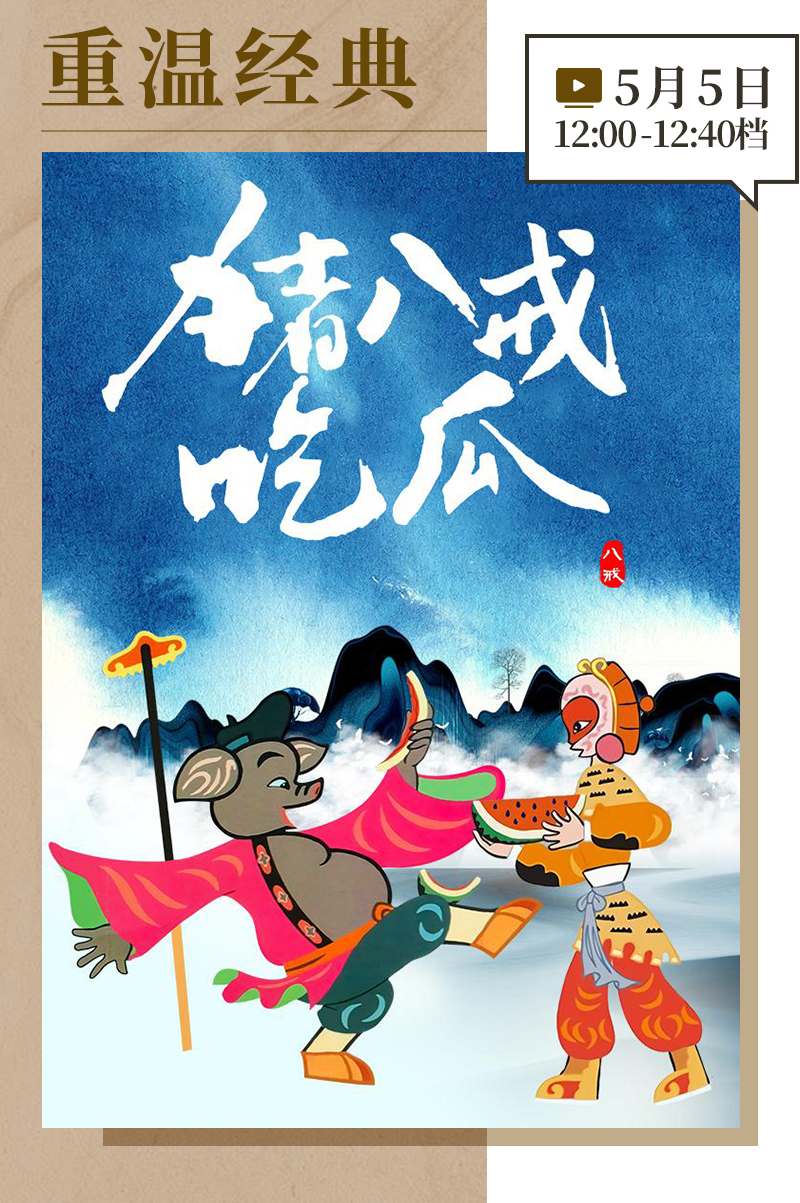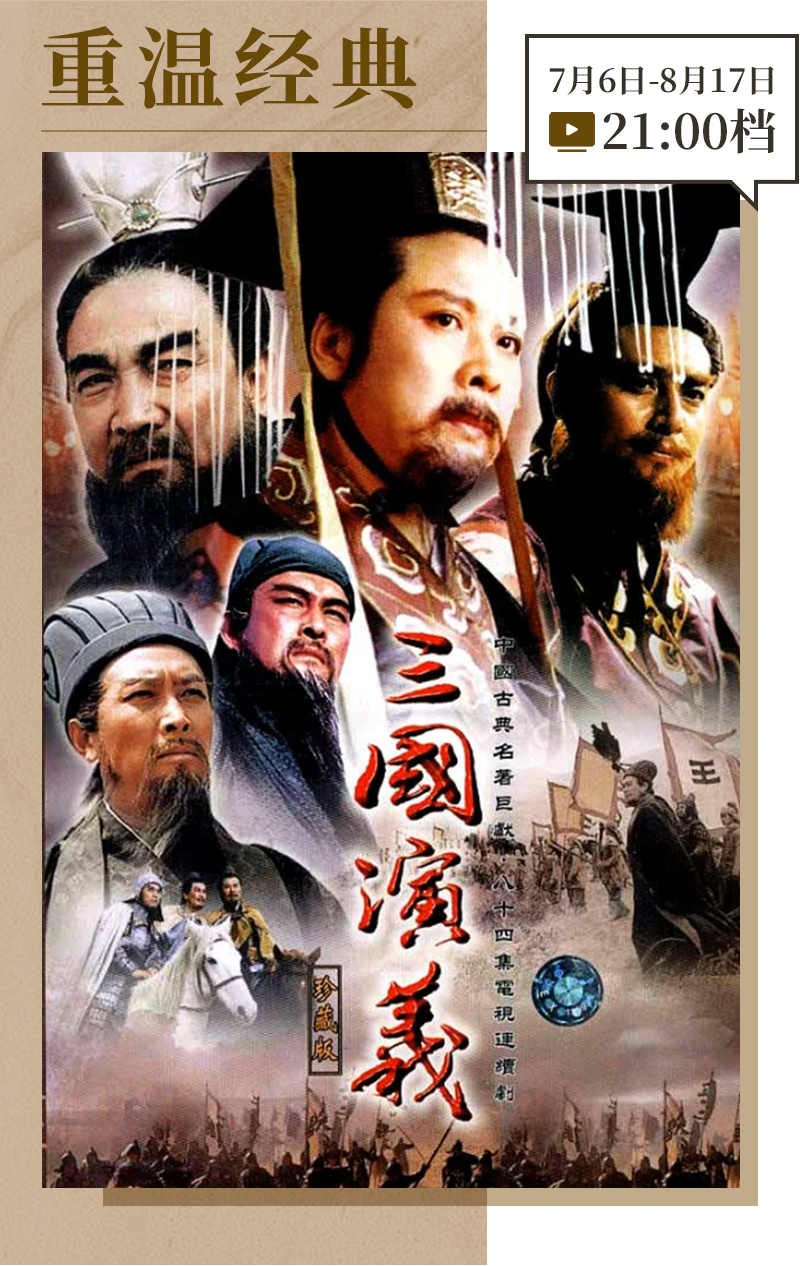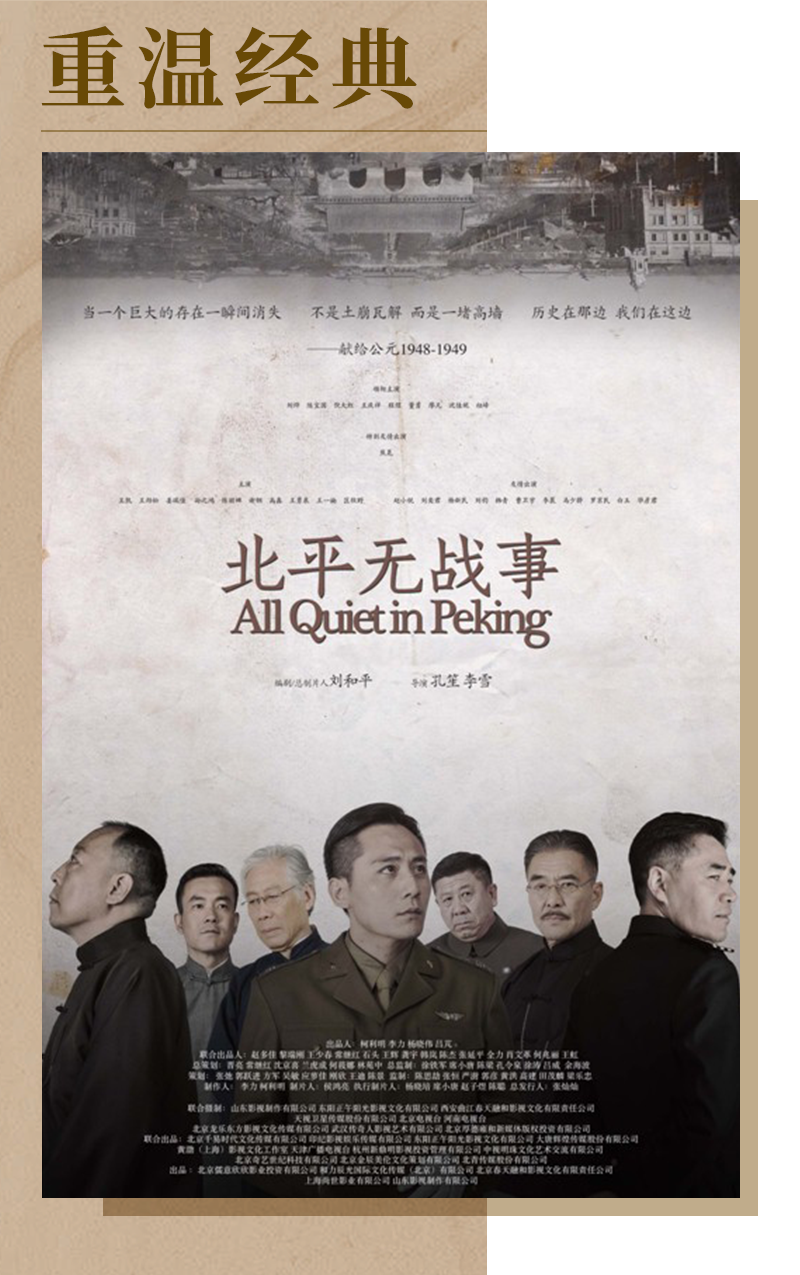

"Pig Bajie Eats Melon" is based on the classical novel "Journey to the West". It was written by Bao Lei and directed by Wan Guchan. It is China's first paper-cut animation short film produced in 1958 by Shanghai Animation Film Studio (hereinafter referred to as "Shanghai Animation Film Studio").
When "Pig Bajie Eats Melon" was broadcast on the "Revisit Classics" channel, the China Television Art Committee specially invited Zhou Keqin, former director of Shanghai Animation Film Studio and national first-class director, to review the filming experience of "Pig Bajie Eats Melon" and talk about how the creative team overcame numerous difficulties and created a new type of paper-cut animation with unique Chinese national characteristics.
Author: Zhou Keqin (former director of Shanghai Animation Film Studio, national first-class director, executive director of China Animation Association. Representative works include "Bamboo Shoots Growing in the House", "Panda Department Store", "Monkey Fishing for the Moon", "Red Panda Learning Carpentry", "Water Deer", "Calabash Brothers", etc.)
Planning: Su Da (Artistic Director of Shanghai Animation Film Studio)

"Pigsy Eats Melon" is the first paper-cut film in New China, which was filmed in 1958. Its birth marked the creation of a new film genre by Shanghai Animation Film Studio based on the original animation and puppet genres. The filming of this film went through an experimental process from scratch, so it also laid a good foundation for the continuous prosperity of paper-cut film production in the future.

The story of "Pigsy Eats Watermelon" tells the story of Tang Monk and his three disciples who were on their way to the West to obtain Buddhist scriptures. Pigsy and Sun Wukong went out to look for food. Pigsy found a watermelon and could not resist eating it alone. This process was discovered by Sun Wukong. In order to punish Pigsy's greedy and selfish behavior, Sun Wukong used a trick to make him realize his mistake. In terms of script creation, according to screenwriter Bao Lei's recollection, he has always had a special liking for the story of "Journey to the West", especially the image of Pigsy. He thinks Pigsy is greedy, clumsy, naive, and particularly "childish". Director Wan Guchan said: "Among many scripts, I particularly like "Pigsy Eats Watermelon" written by Bao Lei."

According to the recollections of Hu Jinqing, a famous director who participated in the action design of this film, as early as 1957, director Wan Guchan led a group of elite soldiers to collect Chinese folk paper-cuts, window decorations and shadow puppets of various schools for research, exploring the possibility of combining them with animation. In order to create a paper-cut with strong Chinese national characteristics, everyone collected a variety of materials, including wood chips, sheepskin, donkey skin, iron sheets, etc., all of which were used for assembly, and joints were added to various characters to make the prototype of paper-cut characters, and then synthesized with the scene, exploring the characteristics of the background and interlaced relationship of the characters in the paper-cut, repeatedly drawing and setting up the level of people and scenery, and exploring the characteristics of paper-cut.

The camera stand used at that time was made of four wooden pillars. The push-pull lens had to manually raise and lower the characters, background, and sky piece by piece hundreds of times to complete a shot. For each shot, the photographer had to climb the escalator to the wooden frame, lie on the frame to focus and adjust the aperture. The first two samples of "Pigsy Eats Melon" were shot under such difficult conditions. However, in terms of character expression, especially the positioning of controlling the dynamics of the characters, the scenes in the film were scattered, the movements were trembling, and the samples shot were scrapped.

After watching the test film in the screening room, Director Te Wei (the first director of Shanghai Fine Arts Film Studio) encouraged Wan Guchan: "Keep working on the spirit of The Princess Iron Fan in the 1940s." At the same time, key personnel were transferred from the animation and puppet groups to form a stronger lineup. In response to the lessons learned from the first failure, a targeted revision plan was formulated. Everyone worked shirtless despite the hot weather, eating and sleeping in the studio. After a summer of hard work day and night, the first paper-cut film "Pigsy Eating Melons" was finally completed in August 1958.

To celebrate this exciting moment, the comrades of the experimental group held a unique "watermelon banquet" in the puppet theater auditorium. At this time, the director Wan Guchan burst into tears and said excitedly: "Only the new China can realize my decades-long wish."
Text editor: Zhao Cong Mao Yi
Photo Editor: Cao Li and Yang Xiuzhu (Intern)
Editor: Xie Shuanghong
Reviewer: Li Minghao

